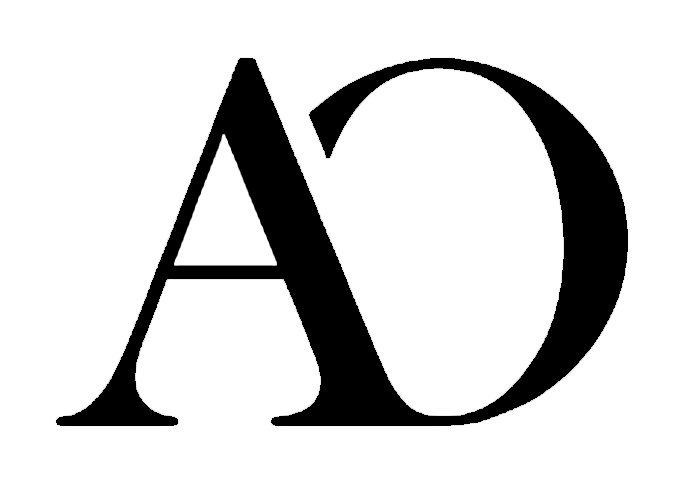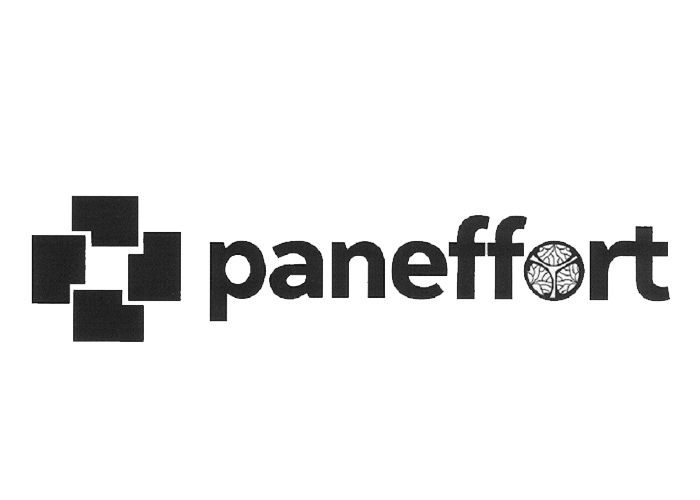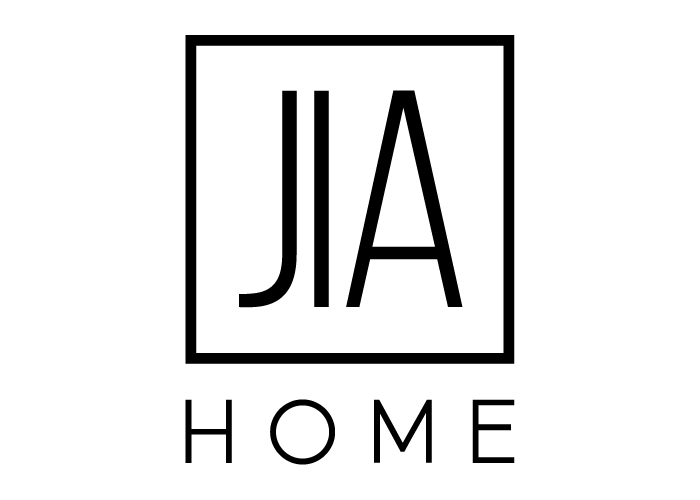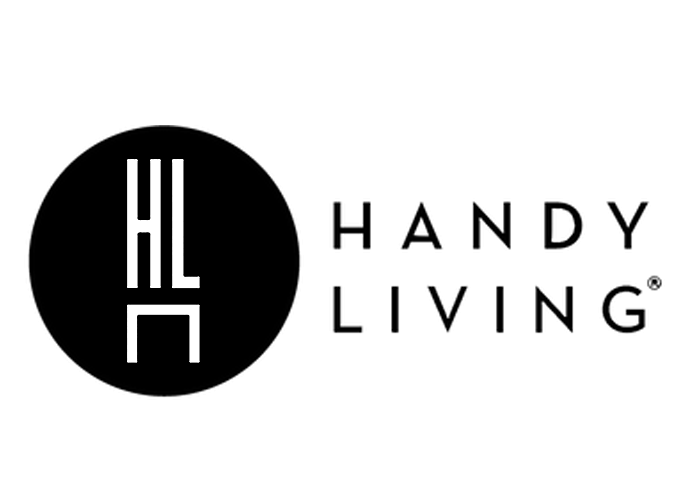Executives face growing concerns over retail sustainability
Anxiety about maintaining retail sustainability is rising as recent SEC regulations take effect. In addition to mounting regulatory pressures, consumers are taking a deeper interest in the sustainability of the products they buy.
Business leaders are searching for ways to build a sustainable retail supply chain to keep up with growing regulations and consumer trends. Many face issues of supply chain transparency—they are blind to the processes of vendors and manufacturers. This blindness leaves them vulnerable to legal action, consumer dissatisfaction, and shareholder unrest.
To help businesses get a footing on retail sustainability in 2024, we’ve recently updated our Complete Guide to Sustainability in Retail Technology. You can download it below.
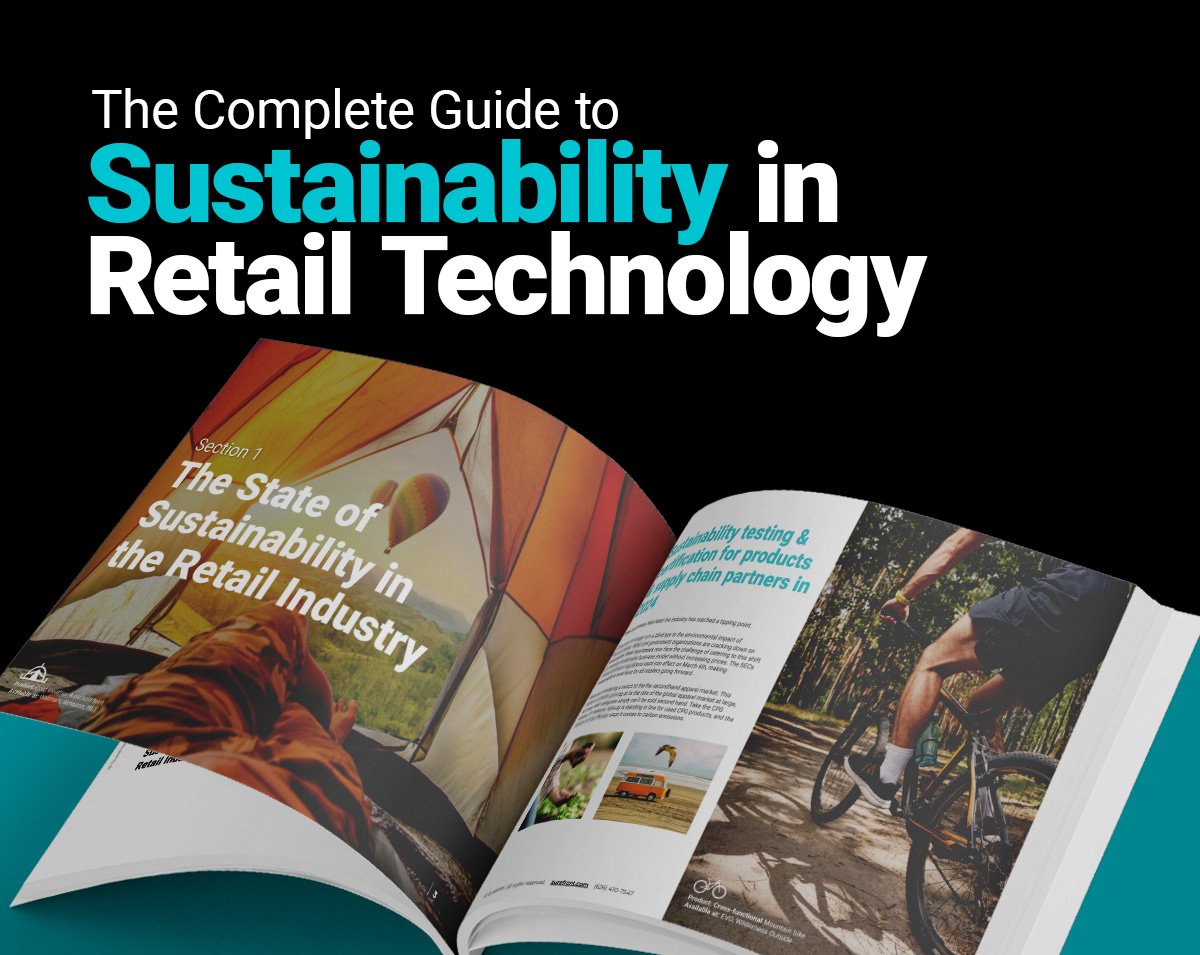
in your inbox. 2nd Edition!
- Learn SEC regulations
- Evaluate environmental risks
- Automate compliance
SEC climate disclosure rule timeline
On March 6, 2024, after a 3-2 vote, the Securities and Exchange Commission (SEC) unveiled its long-awaited final rule mandating public companies to disclose climate-related risks. The rule will be effective December 31, 2025, for large accelerated filers—but it’s currently facing some legal challenges.
The SEC expects retailers to disclose these items:
- How any climate-related risks have had or may have a material impact on their business and financial statements
- How any identified climate risks have affected or are likely to affect their strategy, business model, and outlook
- The impact of climate-related events (weather events and other natural conditions) on their consolidated financial statements, financial estimates, and assumptions
- A company’s direct greenhouse gas (GHG) emissions
- Indirect emissions from purchased electricity or other forms of energy
- GHG emissions from upstream and downstream activities in their supply chain, including GHG emissions targets/goals
Notable departures from the originally proposed rule include excluding Scope 3 greenhouse gas (GHG) emissions and reducing the extent of financial statement disclosures. This will provide companies with some relief from initial regulatory burdens.
For many business leaders, these rules will require a deep cleaning of supply chain processes. The fact that the SEC climate rule timeline is tied up in legal uncertainty does not ease this burden.
We’ve built a system to automate supply chain transparency here at Surefront. Our vendor compliance tools give many partners much-needed peace of mind in this rapidly evolving regulatory landscape.
Building an ethical supply chain
The regulatory landscape is only one part of the sustainability puzzle. Many businesses have ethical reasons for building a sustainable supply chain. These ethics are further shared by consumers who demand that suppliers be more conscious about environmental impact.
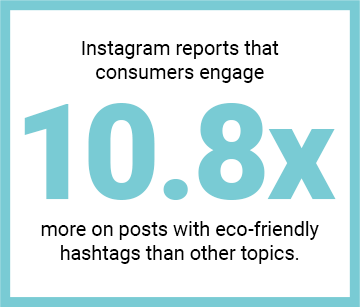

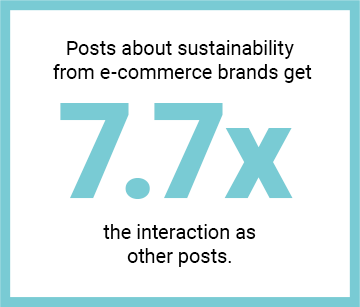
People care about sustainability—and for good reason. Did you know that three-fourths of all produced shirts and shoes wind up in landfills? In the U.S. alone, we throw away up to 11.3 million tons of textile waste yearly. That’s around 2,150 pieces of clothing each second.
On top of this, a whopping 40% of fashion goods are sold at a markdown—underscoring why speed to market is critical to retailers and suppliers. Sustainable clothing brands are in high demand and retailers are taking note.
Consumers want to see retailers making real efforts to reduce their footprint. In response, retailers have been busy reducing waste, being more energy efficient, and utilizing green packaging and renewable materials.
But, to build an ethical supply chain, businesses must get serious about vendor transparency. That’s why many retailers and suppliers are searching for technology solutions to automate compliance and enable transparency.
Sustainable sourcing 101
The trickiest part of evolving to meet new regulatory standards and customer expectations is building a network of compliant suppliers and vendors. Sustainable sourcing means building transparency so you can hold vendor partners accountable.
It’s daunting for retailers to consider auditing production partners, facilities, and individual products to create a sustainable business model. Some retail software solutions claim to offer “compliance tracking.” Fewer solutions deliver a built-in reporting system that holds partners and products accountable to sustainability benchmarks.
That’s where Surefront excels. We help both retailers and suppliers build a sustainable sourcing process. Schedule a demo today to see our system in action.
Sustainable sourcing for retailers
Surefront is designed to help retailers maintain sustainability standards with production partners, facilities, and factories:
- Track whether vendors and factories are up to date with certain certifications
- Track whether vendors and factories meet additional sustainability and ethics criteria
- Set up and track any branch of the supply chain. Surefront is highly configurable and is being updated to comply with new industry regulations
- Set up a factory onboarding questionnaire
- Collect administrative information from factories, as well as information on specific certifications and audits
- Send questionnaires to factories, so they can provide proof of up-to-date certifications
- Flag when factories don’t complete the required fields—to troubleshoot issues before onboarding
Surefront simplifies and automates these processes so retailers don’t have to worry.
Sustainable sourcing for suppliers
Surefront enables individual testing and certification of products or production materials for suppliers:
- Track whether items meet specific sustainability and testing criteria such as SEC requirements, LEED certification data, etc.
- Report the results of individual product testing and certification
- Share the results of product testing and certification with retailers to solidify product orders
- Facilitate the testing process by setting up stages within new product workflows
- Ensure factories send materials to specific testers, to verify that the products being manufactured meet sustainability criteria
- Assign team members to stages in the product development workflow and assign due dates
- Include testing status fields on each item view and attach testing reports. Send testing data automatically to customers
- Filter product data by testing status and certification expiration date to gather updated product information before certifications expire
With Surefront, suppliers can easily build a sustainable sourcing process. Best of all, the software will continually evolve with regulations—making future compliance less daunting.
If you want to fast-track your sustainability compliance process, schedule a demo with us to see how Surefront works.
The future of retail sustainability
Regulations will continue to evolve as will consumer expectations. The best way for retailers and suppliers to weather the storm is to adopt an agile solution—designed from the ground up to evolve with regulations and consumer expectations.
While managing sustainability manually is possible, it’s inefficient and requires constant checking in with vendor partners. Surefront simplifies the whole process. It’s designed to be a tool for transparent collaboration, so sustainability capabilities are a natural extension of its core feature set.
However you choose to respond to evolving regulatory requirements, one thing remains clear: sustainability is here to stay. It matters to a growing number of governments, businesses, and consumers. The more a business can get ahead of this trend, the better positioned it’ll be for future success and growth.

in Your Inbox. 2nd Edition!
- Learn SEC regulations
- Evaluate environmental risks
- Automate compliance
Success Stories

Fine Jewelry
West coast fine jeweler shaves weeks off production time, days off line sheet development, and hours off vendor communication and SKU management.

Home Décor
Surefront enables industry-leading productivity and unparalleled sales. Tasks that formerly took JIA HOME two weeks now take just 30 minutes.
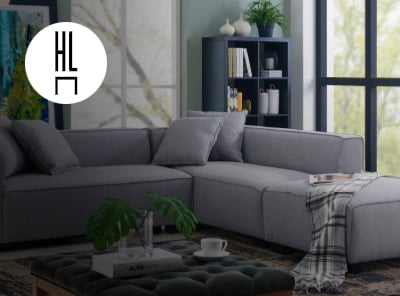
Home Furnishings
Surefront’s PLM helped the Handy Living team reduce the average new product development cycle from 6-12 months time to 3 months per product.
Trusted By


